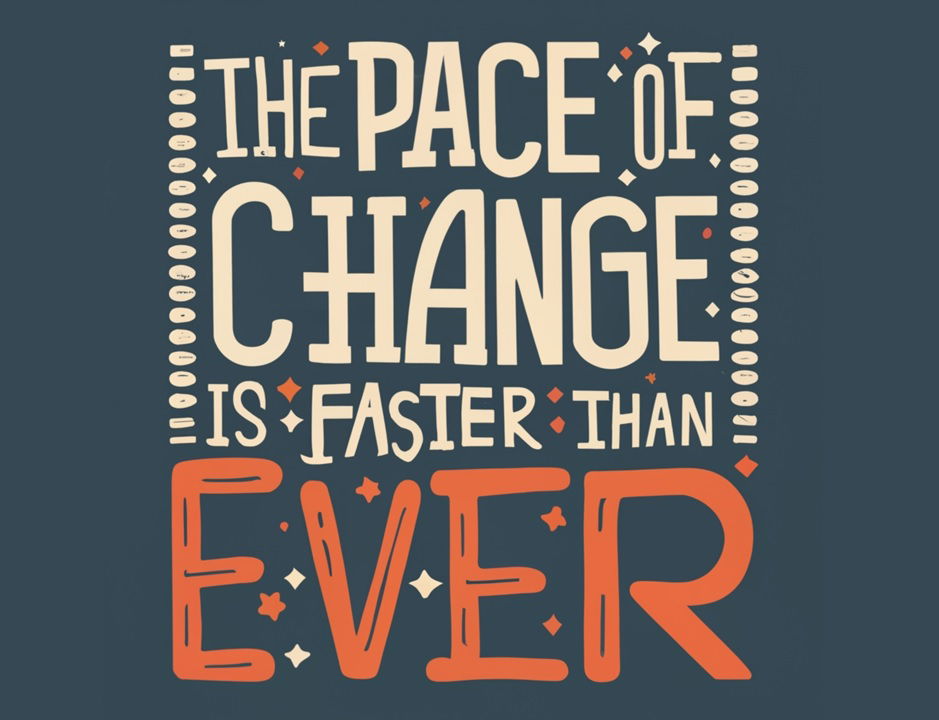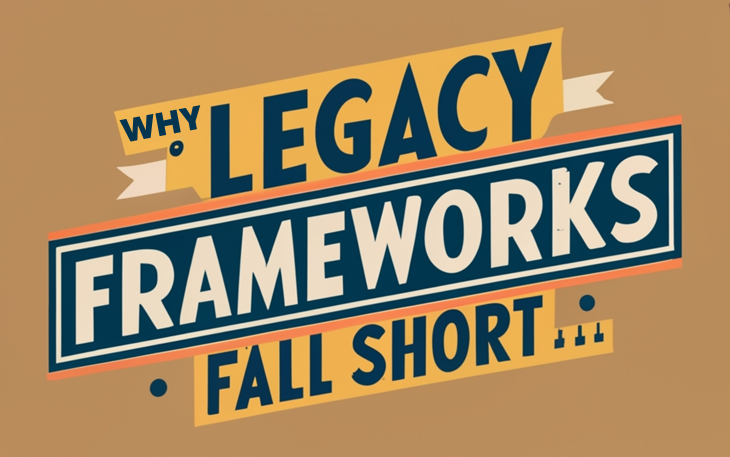The world is changing faster than ever before. New technologies like artificial intelligence, automation, and robotics are disrupting entire industries overnight. Customer expectations are evolving rapidly, with demand for instant gratification and hyper-personalized experiences. Competitors can instantly emerge from anywhere on the globe.

This acceleration means companies must keep up or risk falling behind. In the past, large corporations could enjoy stable growth for decades. But today, no company is safe from disruption. Leadership teams often feel like they are sprinting just to stand still. What explains this accelerated pace of change? Several interlocking trends are responsible:
The most obvious driver is technology. With each passing year, new innovations emerge that reinvent how business is conducted. Consider how smartphones have enabled on-demand services and e-commerce to thrive. Or how digital platforms like Uber and Airbnb have disrupted transportation and hospitality. Exciting fields like artificial intelligence and quantum computing promise even more seismic shifts in the years ahead.
Beyond technology, global connectivity and information flows have accelerated. Social media allows ideas to spread instantly across borders. Startups can leverage talent and partnerships worldwide from day one. Combined with lower distribution and marketing costs online, new entrants can scale faster than ever before.
Customer expectations have changed in the digital age. Amazon has conditioned us to expect delivery in 1-2 hours, not 1-2 weeks. Uber has made waiting more than 5 minutes for a ride seem like an eternity. Impatient users will quickly abandon brands that fail to deliver instant gratification.
The Harsh Reality for Companies
This acceleration has profound implications for companies. It compresses planning cycles. In dynamic markets, long 5-year strategic plans are obsolete before they can be fully implemented. Leaders need to make decisions faster while remaining adaptable.
Organizational structures built for an era of stability struggle in turbulence. Rigid hierarchies, waterfall development models, and command-and-control cultures all limit agility. Layers of bureaucracy slow companies down at a time when speed is paramount.
Most importantly, acceleration stresses employees. With each passing quarter, expectations ratchet even higher. Workers are constantly asked to do more with less. Without proper support, burnout and disengagement follow.
Why Legacy Frameworks Fall Short
Many companies turn to popular mindsets like Lean, Six Sigma, or Agile frameworks in hopes of adapting. But these approaches have limitations in an accelerated market or exponential world.

To thrive amid acceleration, companies need an outside-in perspective. Leadership teams must prioritize sensing the horizon for trends and signals. They should empower employees to experiment and learn quickly. And they must nurture workplace culture, transparency, and trust - the foundations of agility.
This requires a new financial and value-creation ecosystem to support a new organization and society.
This new era demands we rethink many assumptions and frameworks. But for exponential leaders, acceleration creates opportunities too. Companies that master the new foundations of Enterprise Agility can win big by capitalizing on emerging opportunities and build a sustainable ecosystem. Enterprise Agility is your first step to move your company in a new direction!
